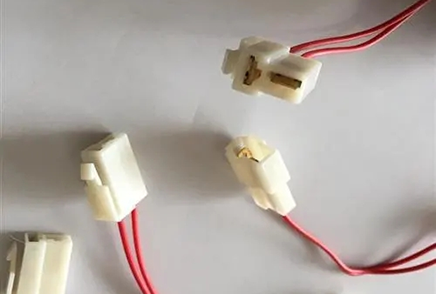Component of Wire-to-Wire Connector
 Wire-to-wire connectors play a vital role in joining wires together to establish electrical connections. These connectors are commonly used in several industries such as automotive, aerospace, telecommunications, and medical. The component parts of wire-to-wire connector include terminals, housing, and fitting.
Wire-to-wire connectors play a vital role in joining wires together to establish electrical connections. These connectors are commonly used in several industries such as automotive, aerospace, telecommunications, and medical. The component parts of wire-to-wire connector include terminals, housing, and fitting.
1.Terminal:
A terminal is a small metal piece that connects a wire to the mating part of the connector. Terminals come in different shapes and sizes and are made of various materials such as copper, brass, and nickel. The shape of the terminal determines the type of wire it can hold and the mating part of the connector it connects to. The most common types of terminals used in wire-to-wire connectors include blade terminals, pin terminals, and ring terminals.
2.Housing:
The housing is the outer casing of the connector that holds the terminals in place. The housing is usually made from plastic or other insulating materials. The housing provides mechanical protection to the terminals and ensures that they are correctly aligned to the mating part. Housings come in different sizes and shapes, depending on the number and size of the terminals. The housing also comes in different colors to aid in identifying a particular connection.
3.Fitting:
Fitting is the mechanism by which the connector is assembled or attached to the device or equipment. The fitting ensures that the connector does not come loose, affecting the electrical connection.
Overall, the component parts of the wire-to-wire connector play an essential role in establishing electrical connections. The terminal provides the connection between the wire and the mating part of the connector. The housing protects the terminals and ensures that they are aligned, while the fitting ensures that the connector remains attached to the device or equipment. The combination of these parts forms a reliable wire-to-wire connector suitable for use in harsh and challenging environments.




